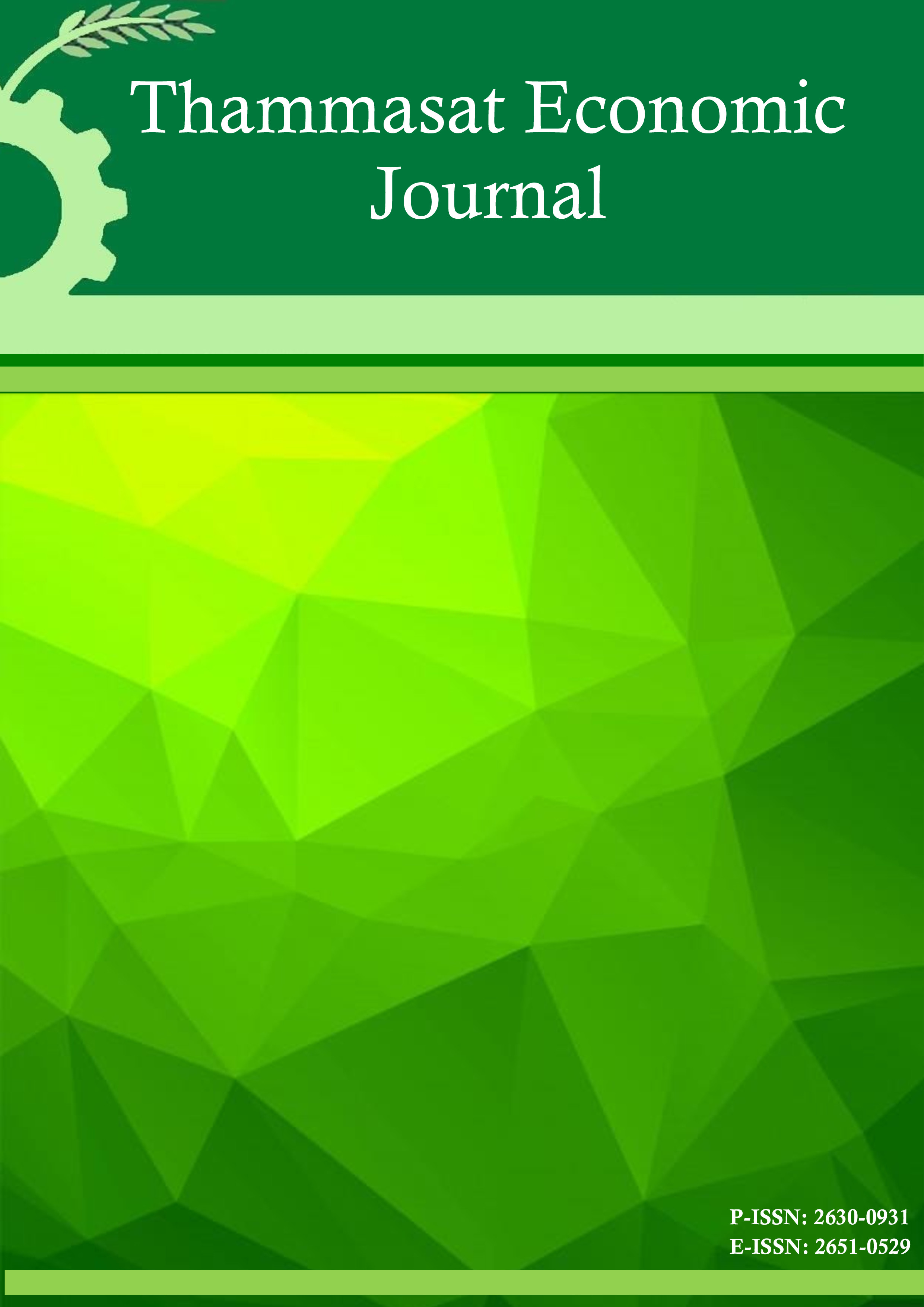ดัชนีความทุกข์กับนโยบายการเงิน
Abstract
Misery Index, which is first proposed by Arthur Okun, indicates the severity of current economic problems. This index can be calculated by summing an inflation rate with an unemployment rate. Therefore, the index indicates instability inherited in domestic economy, namely, price instability and production instability.
This index was resurfaced in Thai newspaper late last year, at the times global recession was imminent. Several Keynesian economists criticized the Bank of Thailand’s monetary policy conduct, which focuses mainly on controlling inflation, i.e., inflation targeting. They argued that the Bank of Thailand put more emphasis on the less-concerned problem, i.e., inflation, instead of the more serious problem, i.e., unemployment. Since they believe that the two goals cannot be achieved at the same time, according to the Phillips curve, the Keynesians think the Bank of Thailand made a wrong choice in handling the inflation-output trade-off.
This paper would like to give more balanced views on the misery index, the Phillips curve, and the current monetary policy. We first investigate empirically the existence of thePhillips curve. If there is no long-run tradeoff between inflation and output, then the Bank of Thailand is able to achieve both goals of price stability and output stability simultaneously. Our econometrics findings lend support to the existence of the short-run Phillips curve but not to the stable long-run curve.
In addition, we will use additional analytical tools, namely Structural Vector Autoregressive Model (SVAR) and Dynamic Stochastic General Equilibrium model (DSGE) to study the effectiveness of monetary policy in an open economy model.
References
2. Bhanthumnavin, Kanyarat (2002) “The Phillips Curve in Thailand”, St. Antony’s College, University of Oxford, Working Paper.
3. Binyamini, Alon and Assaf Razin (2008) “Inflation-Output Tradeoff as Equilibrium Outcome of Globalization” NBER Working Paper No. 14379.
4. Brischetto, Andrea and Graham Voss (1999) “A Structural Vector Autoregression Model of Monetary Policy in Australia” Research Discussion Papers No. RDP1999-11, Reserve Bank of Australia, December 1999.
5. Friedman, Milton (1968) “The Role of Monetary Policy.” American Economic Review 58 (March), pp. 1-17.
6. Gali, Jordi and Tommaso Monacelli (2005) “Monetary Policy and Exchange Rate Volatility in a Small Open Economy” Review of Economic Studies, Vol. 72, pp. 707-734.
7. Kim, Soyung and Noriel Roubini (2000) “Exchange Rate Anomalies in the Industrial Countries: A Solution with a Structural VAR Approach” Journal of Monetary Economics, Vol. 45 No.3, pp. 561-586.
8. Lee, Kittichai (2005) “Optimal Interest Rate Rule in an Estimated Equilibrium Model for Thailand” Master of Economics Thesis, Thammasat University.
9. Phelps, Edmund S. (1968) “Money-Wage Dynamics and Labor Market Equilibrium. ” Journal of Political Economy, Vol. 76, pp. 678-711.
10. Tanboon, Surach (2008) “The Bank of Thailand Structural Model for Policy Analysis”, BOT Working Paper.
11. Taylor, John (1993) “Discretion versus Policy Rules in Practice,” Carnegie-Rochester Conference Series on Public Policy, Vol 39, pp. 195-214.
12. Woodford, Micheal (1999) “Optimal Monetary Policy Inertia,” NBER Working Paper No. 7261.










